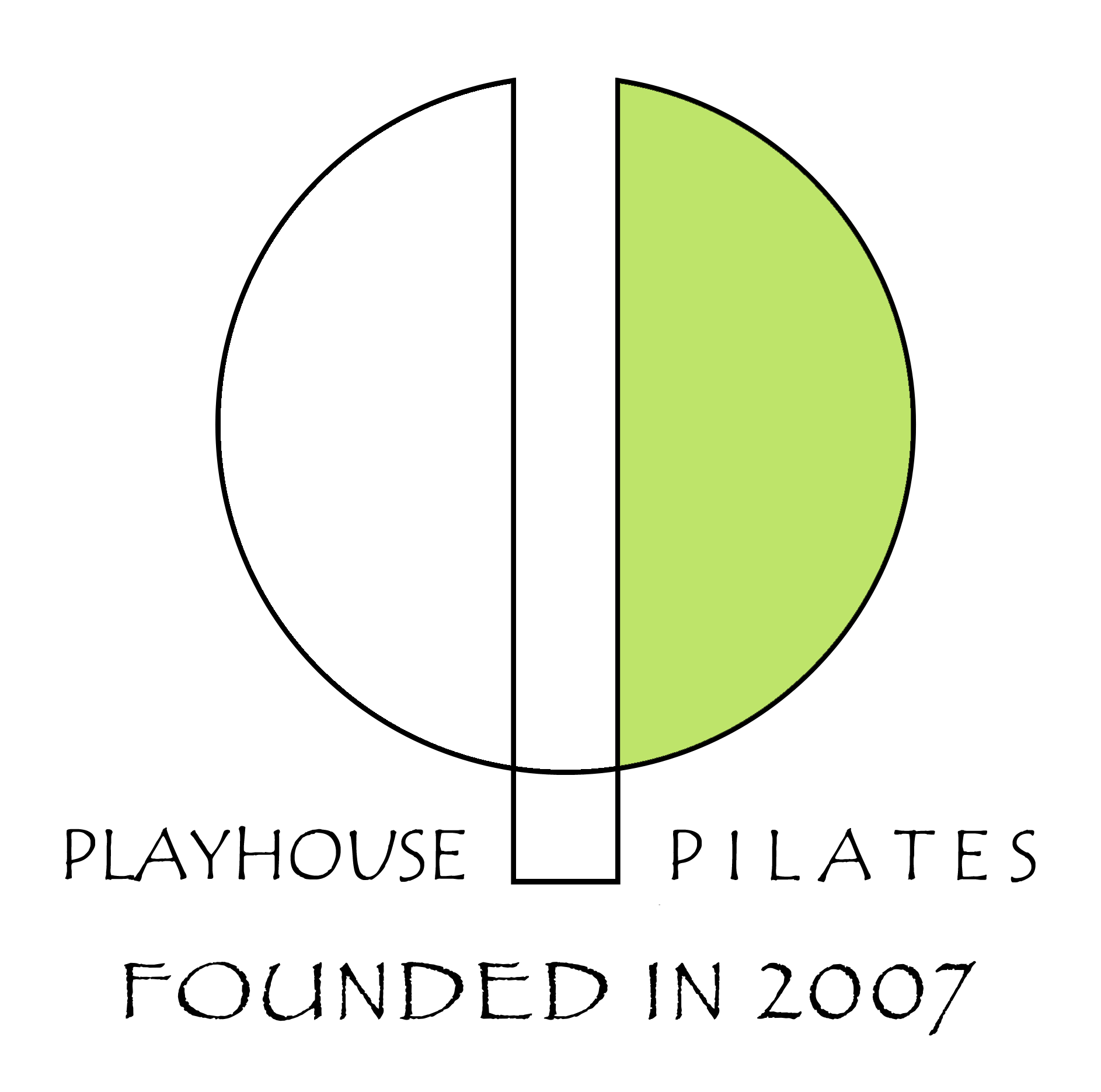Pilates Mastery© & Teacher Training Objectives
Movement Fluency™ Pilates Mastery© & Teacher Training Program Content, Objectives & Goals
To acquire Personal Mastery of Pilates concepts, principles, exercises and movements at an individually attainable level and the means by which to deepen a personal Pilates practice.
To gain Professional Teaching skills according to the principles and key movement concepts of Pilates in order to work with individual and groups of clients and students.
Knowledge and comprehension of contemporary biomechanics, anatomy and anatomical principles as they apply to a core set of Pilates practice and teaching skills.
Recognizing and assessing postural conditions and anomalies with an understanding of how movement can correct and ameliorate these through Core Body Knowledge™ Pilates.
Developing and implementing safe, sustainable and effective session plans and programs for clients and students from beginner to intermediate/advanced levels for mat and all apparatus, including the how, why and when to modify an exercise or program to either assist or challenge.
An understanding of the history, pedagogy and worldwide community of the Pilates Method, tools, apparatus and techniques.
Knowledge of ethics, scope of practice and professional obligations.
Participants will receive a Certificate of Completion upon meeting all requirements of the Movement Fluency™ d’Anconia Method of Pilates education program.
Program designed to prepare participants for the Pilates Method Alliance Certification Exam™
Pilates Mat Repertoire | Universal Reformer Repertoire | Cadillac/Trapeze Table Repertoire | Wunda/Combo Chair Repertoire | Small apparatus skills utilizing the jump board, magic circle, rotating discs, balance surfaces, foam rollers, bars, bands & balls | Combining knowledge of west coast, progressive styles with modifications.
Creative session plan and program development skills for any proficiency level.
Staying passionate and avoiding burn-out is at the center of this training. Developing a confident, poised and professional attitude as a movement teacher.
Contemporary anatomical and medical terminology.
Understanding indications and contraindications for specific injuries/dysfunctions and special circumstances.
Modern verbal and tactile cueing insights and skills.
Studio etiquette, equipment safety and general business-of-Pilates information, such as, how to build a thriving practice in various environments.

